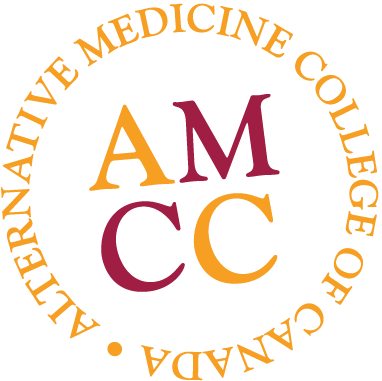Cours
Course 112
Anatomy Physiopathology II
The fundamental subjects are aimed at people with little scientific, medical or paramedical training, and who need to know the fundamental bases of anatomy, physiology, pathologies and etiological principles.
To properly assimilate the material, the student must take the necessary time by studying one chapter at a time, in parallel with the other courses of the program. This anatomy-physiopathology course consists of two teaching manuals and this is the second.
To properly assimilate the material, the student must take the necessary time by studying one chapter at a time, in parallel with the other courses of the program. This anatomy-physiopathology course consists of two teaching manuals and this is the second.
Pré-requis: Prerequisites:
Crédits: Credits: 6 Heures: Hours of study: 90
Ce cours est inclus dans: This course is included in:
Bioenergetics Practitioner, Homeopathic Practitioner, Natural Health Educator, Natural Health Practitioner, Naturopath, N.D., Nutritherapy Practitioner
Frais de scolarité: Tuition fees (if taken as single course):
$375 CAN |
$300 USD |
€300 EURO



